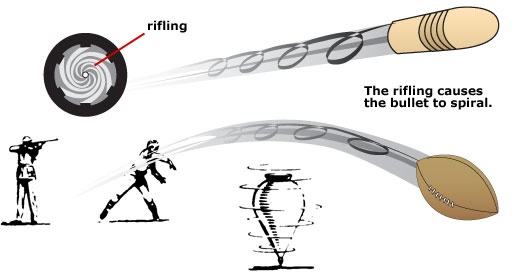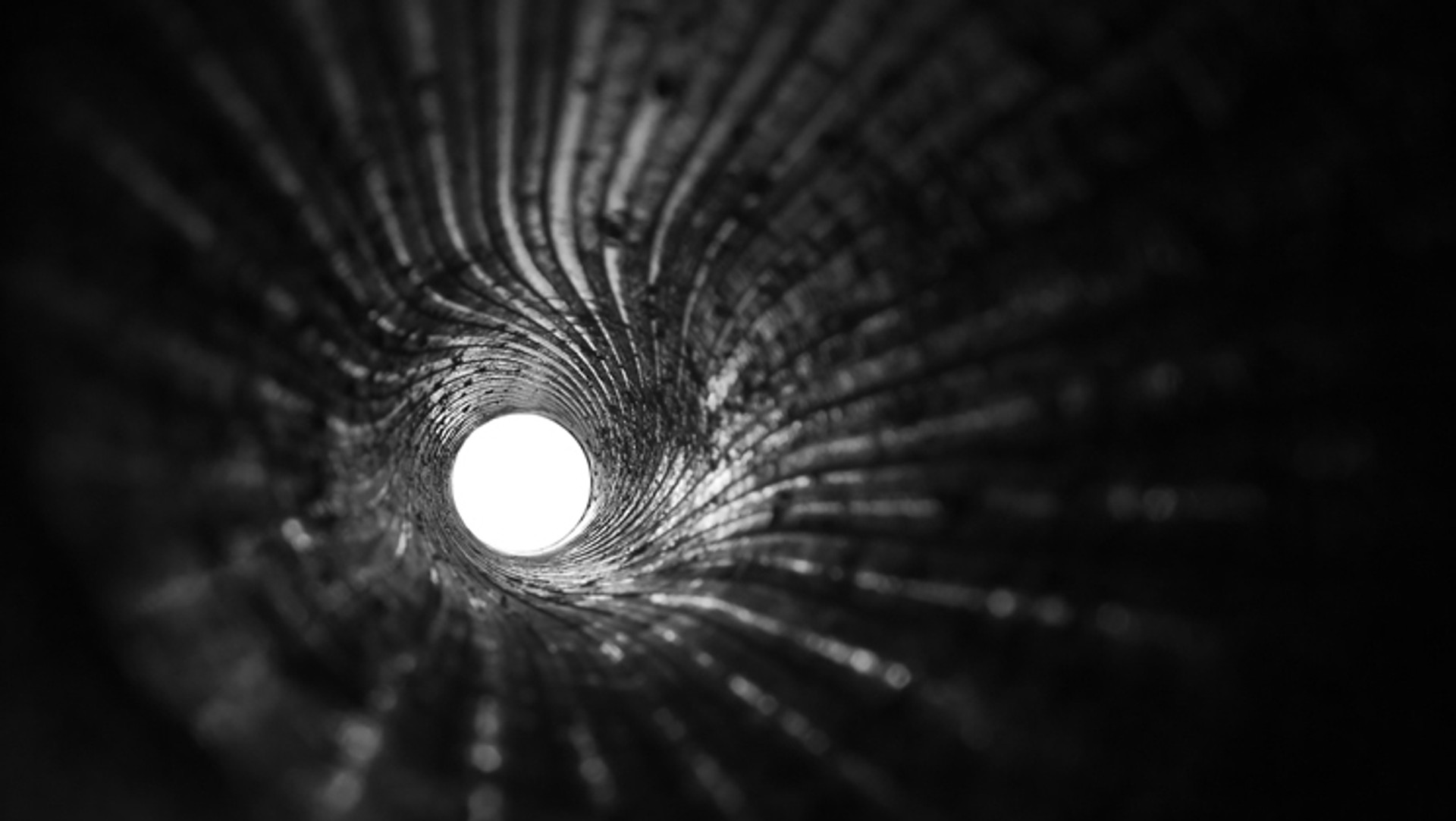What barrel twist-rate should I choose?
Picking the Right Twist Rate for You
Asking for advice about twist rates at your local shop or range is about as useful as a soup sandwich. You will run into more theories, misinformed individuals, and just plain wrong opinions than you’ll be able to shake a stick at. Twist rates can seem like a complex and daunting technicality, it's all relatively simple (until we look at the math, you'll have to ask someone else for help with that).

The easy version of how rifling works...
What are barrel twist rates?
In simplified terms, the twist rate of a barrel refers to the speed at which the rifling spins the projectile. For example: a 1:7 twist rate will spin the bullet 1 full rotation in 7 inches. Comparatively, a 1:12 twist rate will spin the bullet 1 time every 12 inches. With this knowledge, you can deduce that a smaller twist rate is a faster twist rate- which will be important to understand later.
Why does the twist rate matter?
One of the most revolutionary developments in the history of firearms was the advent of rifling. The realization that spinning a projectile will lead to higher accuracy and longer range, changed the way firearms have been produced ever since. However, it isn't as easy as just spinning something to get better results, you need to find the right spin rate for your application.
When it comes to twist rates, one of the most common things you will hear is that heavier bullets need a faster twist. This isn't necessary wrong, but it isn't completely correct either. The truth is that longer bullets require a faster twist. Now, this mostly proves to be a moot point as longer bullets with the same diameter will typically be heavier, the only exceptions to this being specialty rounds.
To avoid writing a thesis paper on fluid dynamics, we'll keep it simple. Longer objects moving through a fluid (air), are inherently more unstable than shorter objects, and require more stabilization. Without enough spin, rounds will tumble, destroying your accuracy, range, and terminal effects. However, it is equally important to not overly stabilize a bullet. This will lead to degradations in accuracy, and in extreme cases, the rounds will rip themselves apart.
So all that being said, what twist rate should we be looking for?

A visual representation of how twist affects a bullet
1:12 Twist
This is just about the slowest twist rate you are going to find in a .223/.556 barrel. This was the original twist rate for the M16A1 and it's offshoots. Since the military switched to a heavier bullet (with a faster corresponding twist), this has become less and less popular. That doesn't mean it's outdated though. For a varmint rifle meant to shoot extremely light bullets, this is still a very useful twist.
1:9 Twist
More than adequate for most shooters, and may be the ideal. While this twist is typically found in lower-end barrels, that doesn't mean it's inherently inaccurate. Just that most premium barrels will use a more universal twist. This works well for 55gr M193 ammo, up to about 62gr M855. Any heavier and you may run into issues with stabilization.
1:8 Twist
This has become more and more popular in the past several years for precision and competition guns. By far the most universal, this will handle all commercially available bullets that will run in an AR15 platform (the 87gr+ rounds are too long for an AR15 magazine), and stabilize the most popular match rounds the best. A great choice for almost any application.
1:7 Twist
Always the most common, because this is "MilSpec". This for the heavier hunting, match, and self-defense rounds. Lighter bullets will begin to over-stabilize here, and very light loads may be destroyed in-flight. That being said, most premium barrel manufacturers stick with 1:7, because this is where you will get the best results from the best bullets on the market.

Some 1:7 barrels will handle 55gr just fine, while I have had others that don't care for it much
So how do I know which one is for me?
Well, ask yourself (HONESTLY) what your needs are. Everyone wants to have a 1:7 barrel because it's what the military uses, but how often are you shooting MK262? If you're anything like me, I hunt with heavier rounds, but 90% of my shooting is with cheap M193, because I can't afford to spend $1 every time I pull the trigger. For most shooters a 1:9 will do them just fine. And remember, different barrels react differently. A $250 1:7 barrel from Larue Tactical may shoot better with a different ammo than a $250 1:7 barrel from Triarc Systems. The best thing to always do is take a variety of ammo to the range, and see what your new barrel likes best.



 Back to List
Back to List